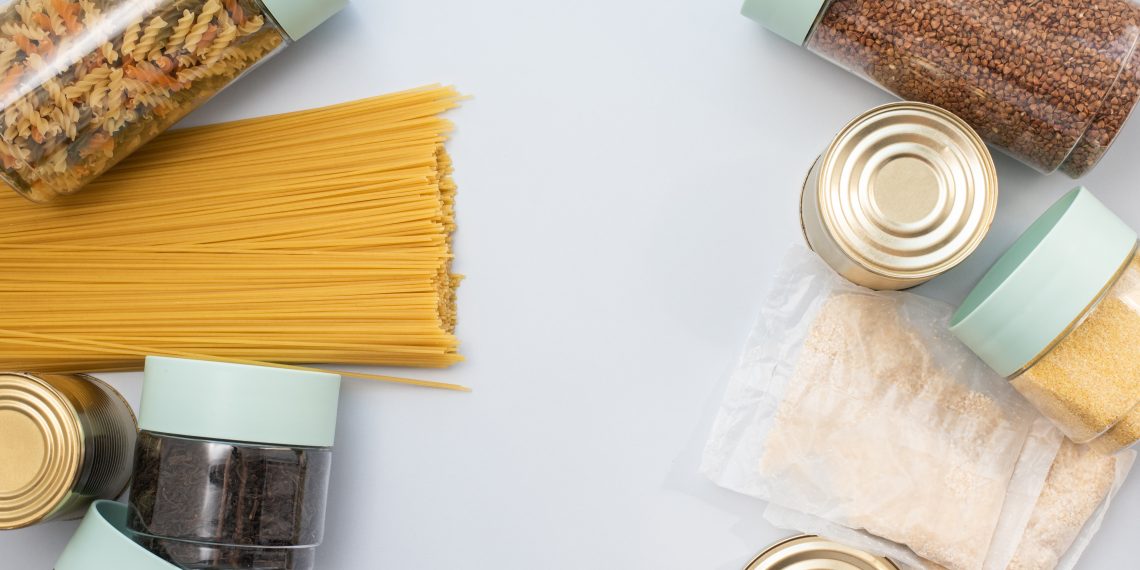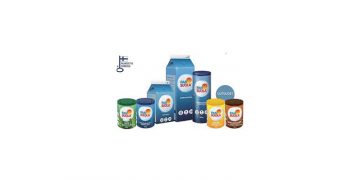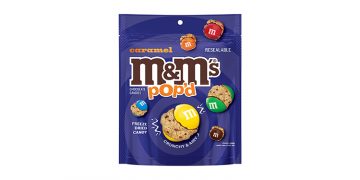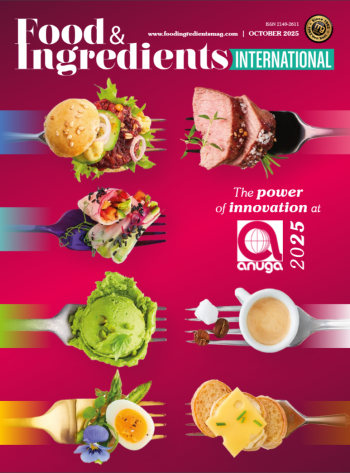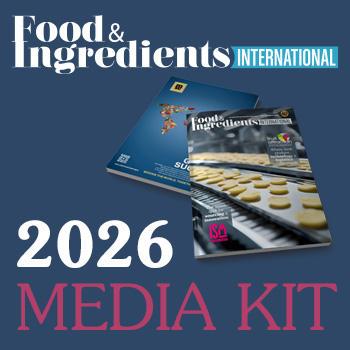Ayana Bio, the plant cell technology company, today announced the results of its Ultra-Processed Food Pulse survey, offering insight into consumers’ attitudes, values and willingness to consume ultra-processed foods (UPFs) as well as the variables ultimately influencing purchasing decisions of these foods. The survey reveals a large segment of American adults are open to incorporating healthier UPFs in their diets and would pay more for such options, with taste, ingredient quality, and convenience as the most important factors driving UPF consumption.
For this survey, Ayana Bio defined ultra-processed foods as “foods that have gone through multiple levels of processing and contain additives such as preservatives, sweeteners, sensory enhancers, colorants, flavors, and processing aids.” The report features insights from 2,000 Americans aged 18 and older.
Below are key findings from the survey:
Americans are split on whether all ultra-processed foods are bad for your health: 57% said yes, 43% said no.
- For consumers, health in the context of food is more about increased benefits than reduced harm. The survey found that most people (64%) think of “healthier” foods as foods that are more nutritious, rather than foods that have less harmful ingredients like fat, sugar and salt.
But they are open-minded. Two-thirds of adults would eat more and pay more for ultra-processed foods that included more nutritious ingredients or added health benefits.
- Three-quarters of adults (74%) would be willing to try an ultra-processed food if it included one of the following health benefits: better cardiovascular function; improved brain function; better sleep; better immunity; or increased energy.
- 67% of adults would be willing to pay more for an ultra-processed food that contained more nutritious ingredients that deliver better health benefits, regardless of household income.
- Of those, 68% would pay up to $3 more.
- Younger generations and parents are most eager for options. Millennials and Gen Z adults, along with parents with children in the household, are more interested in trying and paying more for healthier ultra-processed foods – 84% of 18-34 year olds vs. 43% of 65+ year olds.
Taste and convenience are important to Americans. Of those who include ultra-processed foods in their diets, these were the top motivators for doing so.
- 82% of adults report including ultra-processed foods in their diets.
- Respondents cited taste (62%) and convenience (59%), followed by a longer shelf life (34%) and typically lower price (32%) as the top reasons why they choose ultra-processed foods.
Ingredient quality matters. More than half of adults would be more willing to include ultra-processed foods in their diets if they had better ingredient quality.
- 52% of adults and 62% of parents with children under age 18 would be more willing to include ultra-processed foods in their diets if they had better ingredient quality.
“Plant cell cultivation can enable the food industry to incorporate nutritious ingredients to create healthy processed food. Our survey affirms that the majority of Americans are open-minded about incorporating healthier, processed food options into their diets if these options exist,” says Frank Jaksch, CEO of Ayana Bio. “The media has painted a discouraging picture of ultra-processed foods, but the reality is the cost of fresh food can be prohibitive for many. We need processed food to take the pressure off fresh food supplies and innovative, cost effective and nutrient-dense ingredients that can be integrated into the foods people are reaching for to yield accessible, sustainable and nourishing food for the masses.”
New technologies like Ayana Bio’s plant cell cultivation can help produce affordable nutrient-dense ingredient additives by growing plant material directly from cells and optimizing for important characteristics like high bioactive content (e.g., antioxidants), stability and purity. These plant cell ingredients can boost nutritional content and incorporate health benefits when added to foods, with full traceability and a neutral taste and color.


